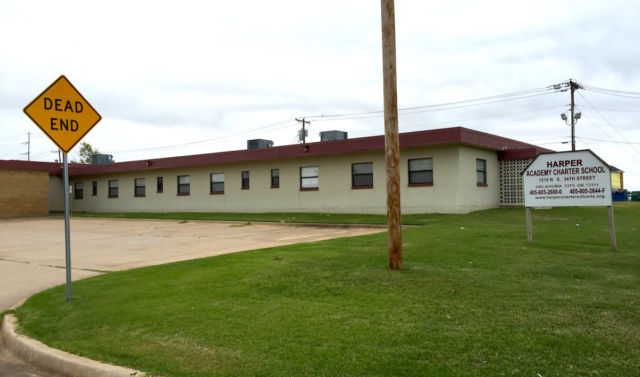Ben Felder of The Oklahoman reports, “Two Oklahoma City charter schools are likely to be bottom 5 percent performers when the ratings are released this month — Justice Alma Wilson SeeWorth Academy and Harper Academy.”
Felder explains that “because SeeWorth is an alternative school, it is exempt from the standard.” But, Harper’s sponsor could “be required to close the school at the end of its contract or defend its decision to keep the school open to the state Board of Education.”
Even though SeeWorth still receives the lowest rankings, it is a good school (as I learned by teaching there for a semester after retiring from the OKCPS). So, the first lesson is that accountability ratings are flawed, but they can be fairly useful in the hands of reliable state officials (as is the case with the Hofmeister administration).
The second lesson is that Oklahoma City’s charter discussion needs to be more reality-based. We were spoiled by first-generation charters; OKCPS charters have been like magnet schools, and they have done good work even if they haven’t accepted their share of high-challenge students. Charter supporters showcase the handful of so-called “high-performing, high-poverty charter schools” that are scattered across the nation. But for every high-performing charter that accepts relatively more high-risk kids, there are plenty of failed charters like Harper.
Plan and invest
Charter supporters praise the 15 percent of charters that supposedly outperform comparable neighborhood schools, while promising that they will find a way to close the scandalous schools in the “Wild West” of charters in Arizona, Nevada, California, Ohio and elsewhere. However, the chances of Oklahoma City finding a top-flight charter that would take over one or more neighborhood schools for about $9,100 per student are slim and none.
The cavalier way we’ve approached high-poverty school improvement is shocking. Too many reformers seem to believe their own public relations spin: If bad schools are simply the fault of “bad teachers” defended by bad unions and enshrined in “Low Expectations!,” they just need to blow up the education “status quo” and watch disruptive innovation produce “transformative change.”
We can get to work documenting the failures of charters that bite off more than they can chew, or Oklahoma City can start a new conversation. Why not do our homework, plan and invest in full-service community schools, language-immersion schools, college preparatory academies that bring students out of their buildings and into the full diversity of the city, and socioeconomic integration?






















